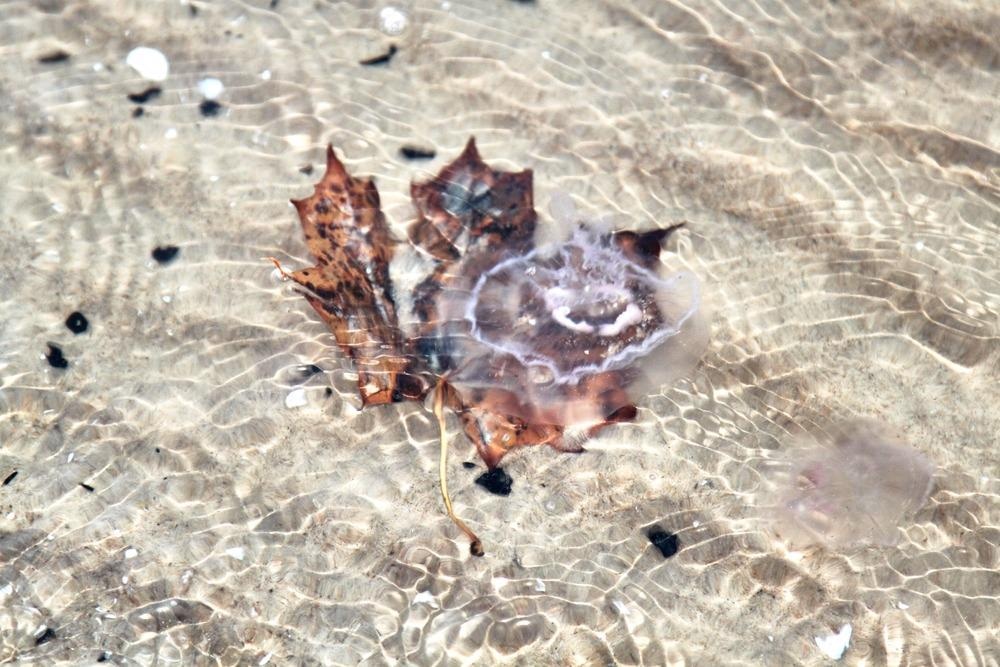An article recently published in Science of The Total Environment focuses on the existing status, agglomeration, and settling features of nanoparticles in natural water sources.

Study: Aggregation, settling characteristics and destabilization mechanisms of nano-particles under different conditions. Image Credit: Anna-Nas/shutterstock.com
Monitoring Nanoparticle Presence in Water
An excess of nanoparticles has been introduced in bodies of water, and has been found in a variety of natural water sources, including streams, ponds, seas, and aquifers.
The presence of nanoparticles can be toxic and can have a significant impact on aquatic creatures. Furthermore, nanoparticles can generate reactive free radicals, producing metabolic abnormalities in zebrafish embryos, cellular damage in Escherichia coli, and a decrease in hemoglobin hemolytic activity.
Their small size also means that nanoparticles can be swallowed by a wide range of marine creatures, culminating in growth suppression, aberrant morphology, and even mortality, which may ultimately affect human health via the food supply chain. As a result, it is vital to maintain and control the level of nanoparticles in the aquatic environment.
DLVO Theory
By combining contours of repulsive forces and van der Waals affinity, the DLVO hypothesis represents the tendency of colloidal particles to agglomerate or disperse.
According to the basic DLVO hypothesis, the exterior of nanoparticles can energize and create an electric double-layer structure as a result of absorption, dissolution, ionization, and other processes. This theory is predicated on the assumption that the nanoparticles are homogeneous spheres, with no regard for particle diameter.
However, subsequent research has revealed that the nanoparticle aggregation process is incompatible with the DLVO hypothesis. The agglomeration frequency of silica nanoparticles is smaller than the theoretical values, and the size of the particles, solution pH level, and initial concentration all impact the agglomeration rate of nanoparticles.
Previous research has shown that the dynamic behaviors of nanoparticles on the surface differ from those of micrometer nanoparticles owing to particle diameter.
Water Treatment
Coagulation is the most prevalent particulate treatment technology, which enables particle aggregation, agglomeration, and deposition to accomplish particle elimination. It is frequently employed in the in-situ modification of raw fluid particles as well as particulate elimination in water systems.
Optimum particle impact is essential for successful coagulation. However, the coagulation response dynamics of nanoparticles must differ from those of micron nanoparticles due to the particle size effect. Furthermore, water is a complicated system that comprises materials ranging from atoms to microns. As a result, nanoparticle flocs have an irregular distribution, and microflows are sometimes hard to resolve.
Fine particulate matter, primarily nanoparticles, frequently determines the properties of micro flocs. Understanding the effect of coagulation control variables on flocs generation and nanoparticle properties is critical for optimizing the nanoparticle clotting process and enhancing clotting effectiveness in both natural waters and water systems.
Research Findings
According to the research, factors such as pH values and ion strength along with other factors affect the stability of particles. The greater the difference in pH and particulate iso-electric range (pH PZC), the more stable the particles in water.
The particles were mostly scattered in the 10-40 m range. While the particle size distribution in the 100-1000 μm region was larger in 15 m deep water than in 7 m deep water. Particles bigger than 1.5 m have a settling altitude greater than 17 m in principle, hence water above 15 m should not have a dispersion of 10-50 m particles.
According to the findings, the power threshold value was strongly associated with particle size. The energy barrier of 10 m particles reached 157kBT. As a result, 10-50 m nanoparticles might stay very stable and suspended in the water in the absence of external perturbation.
Enhancing the frequency of collisions between nanoparticles aided in improving the particle diffusion impact and reinforcing particle agglomeration. The flocs generated by Brownian motion exhibited exceptional toughness and a strong capacity to withstand hydrodynamic disruption, making the flocs difficult to break.
In general, the findings were similar to the widely held belief that as the dose increases, the nanoparticles would undergo instabilities and destabilization because the electronegativity has been neutralized or reverted via the charge neutralization process.
To summarise, the findings have significant practical applicability. The hydraulic perturbation should be reduced and Brownian motion should be assured as the major diffusion process for the in-situ coagulate therapeutic process of natural waters dominated by nanoparticles.
Reference
Jiao, R., Sun, H., Xu, S., He, Y., Xu, H. and Wang, D., (2022) Aggregation, settling characteristics and destabilization mechanisms of nano-particles under different conditions. Science of The Total Environment, 827, p.154228. https://www.sciencedirect.com/science/article/pii/S0048969722013201?via%3Dihub
Disclaimer: The views expressed here are those of the author expressed in their private capacity and do not necessarily represent the views of AZoM.com Limited T/A AZoNetwork the owner and operator of this website. This disclaimer forms part of the Terms and conditions of use of this website.